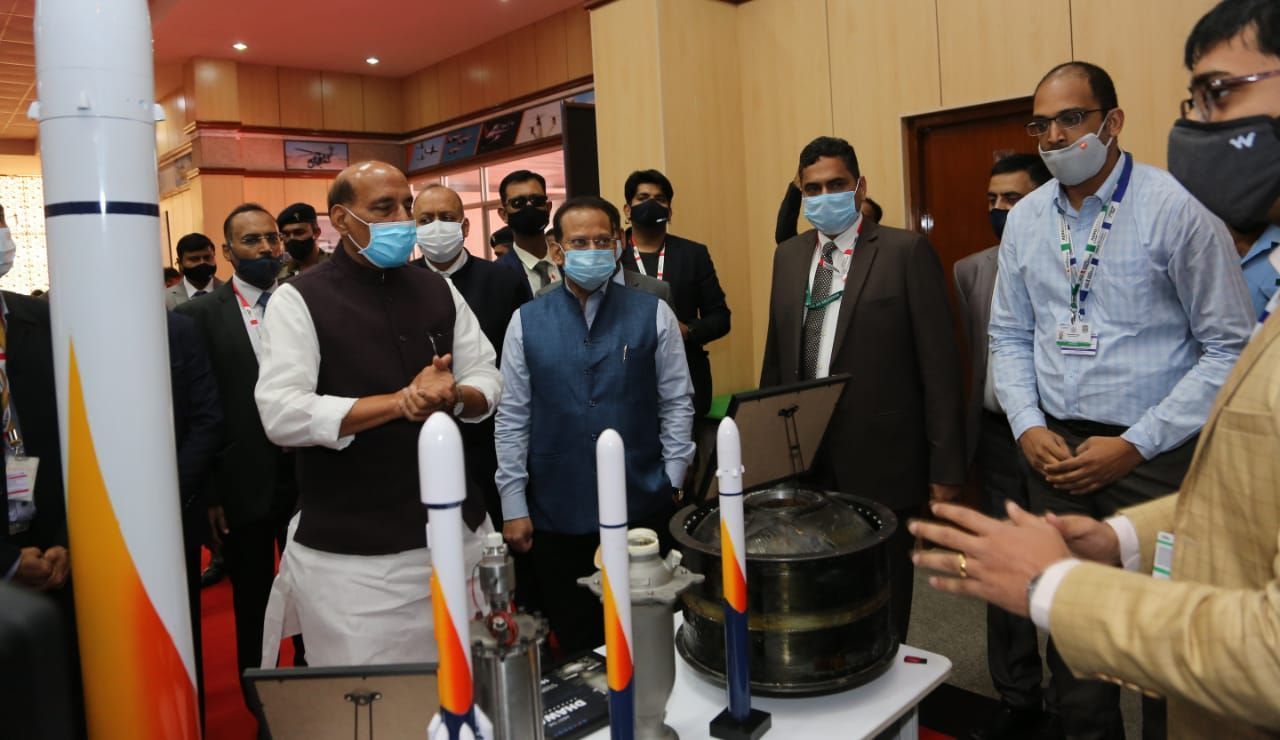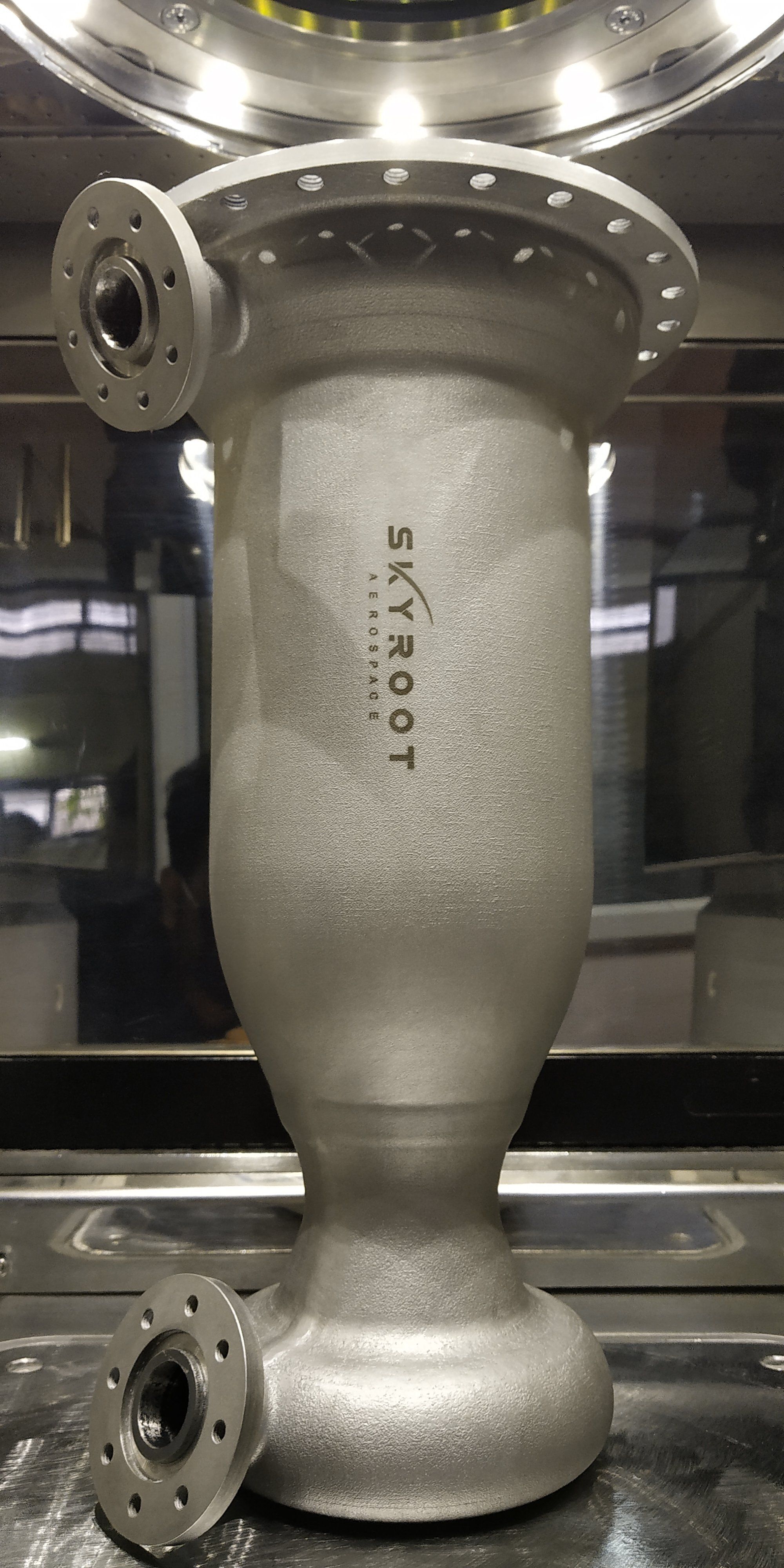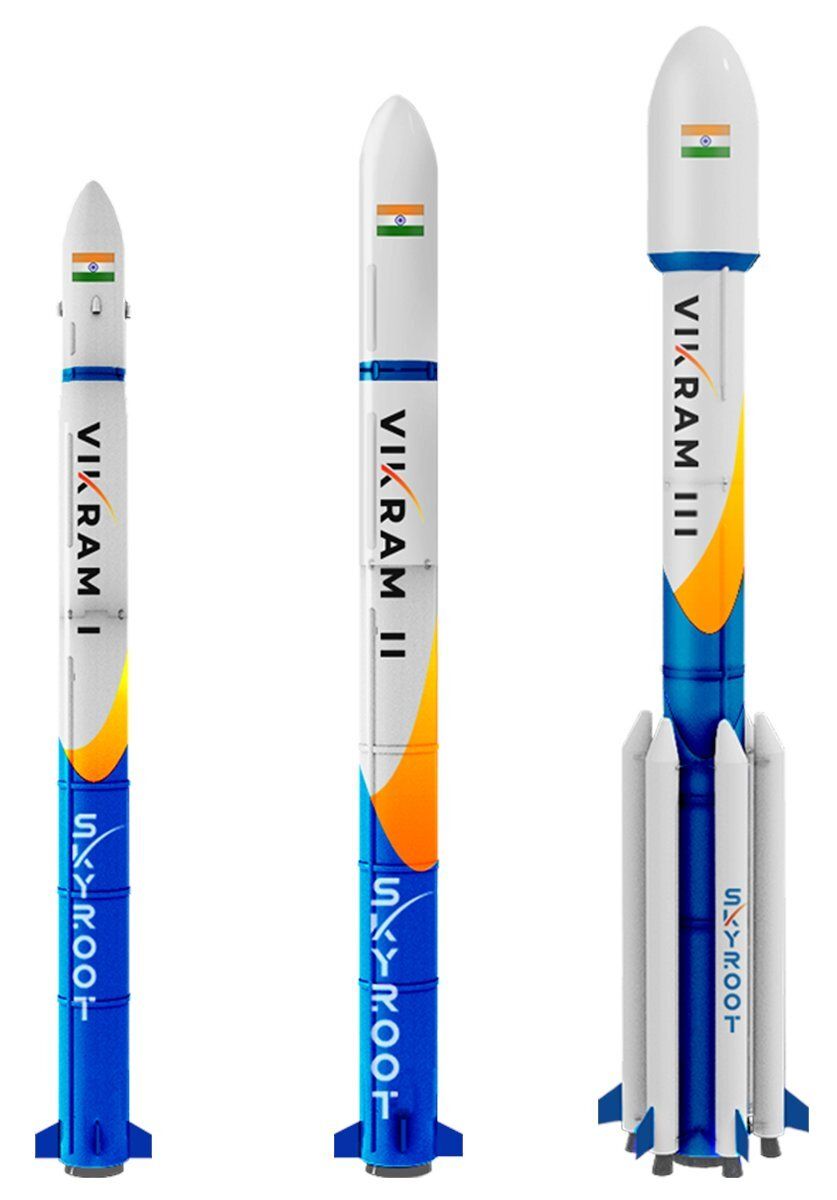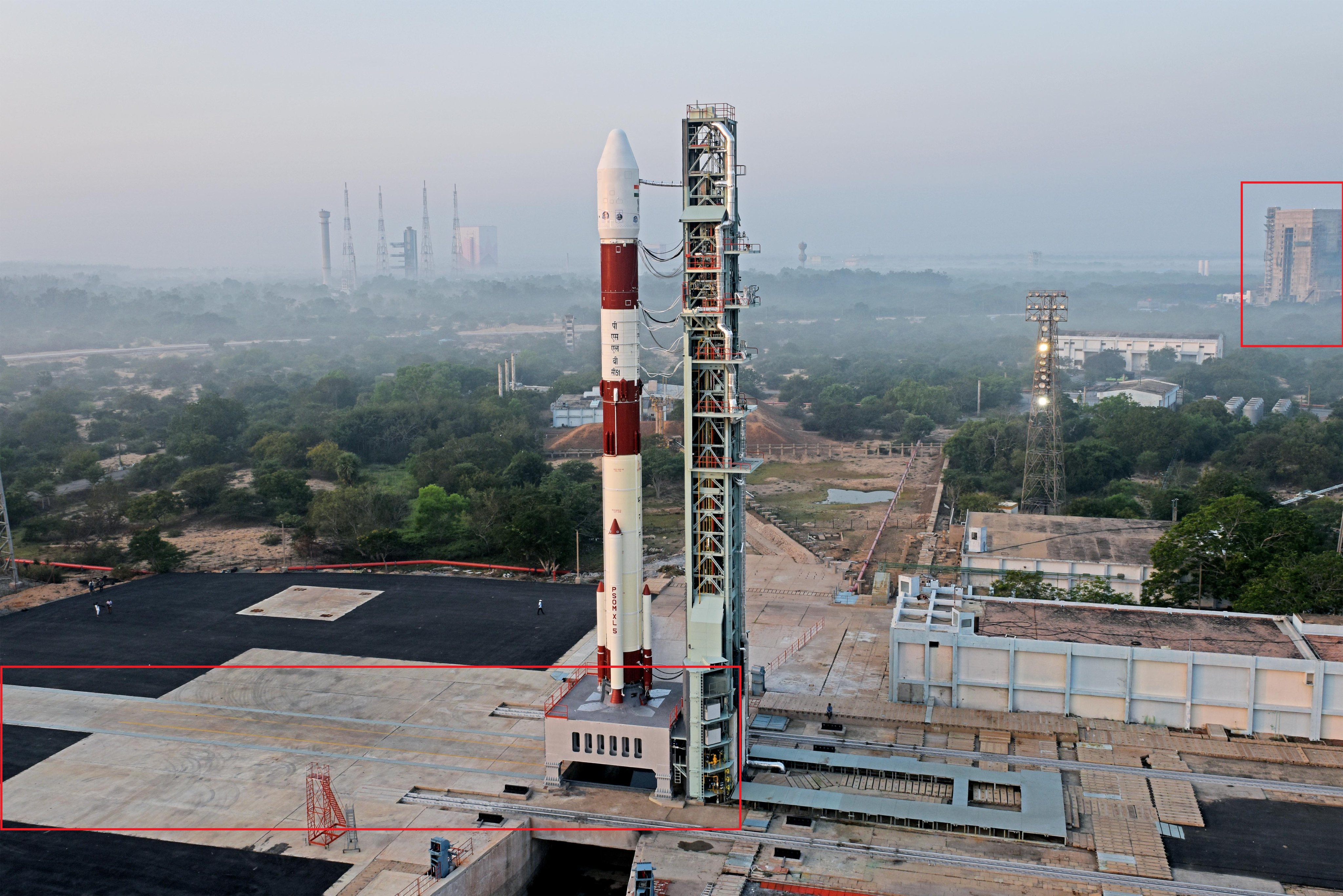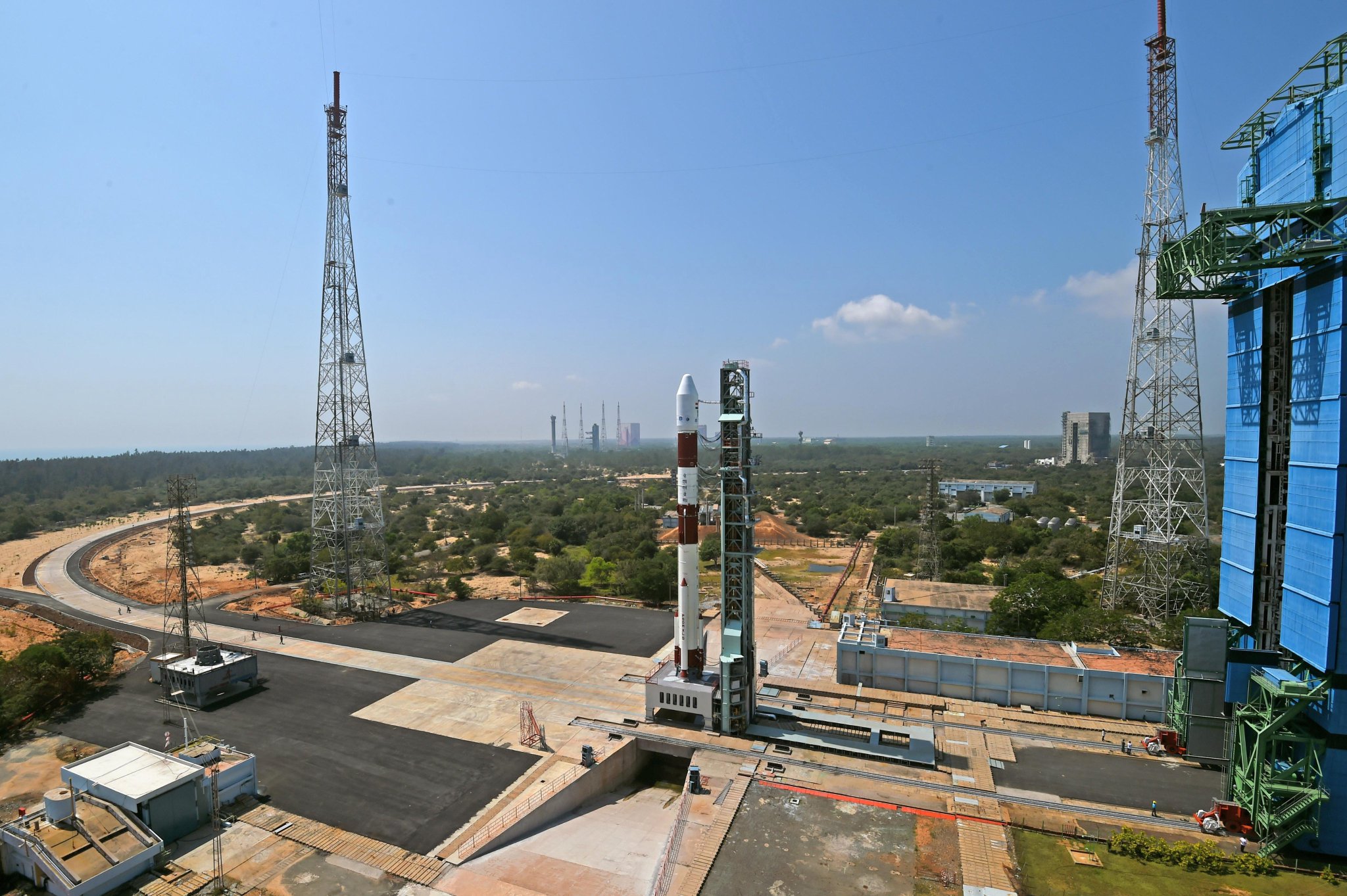Vivek K wrote:
Strange answer! It could be interpreted that you want to remain as a PSLV launcher forever.
Sir Vivek'K'ji, why do you wrongly interpret me and then proceed to call me a Luddite! (as I interpret your interpretation). Just now I completed a short course on AI just to check if I could and then lost interest in between since I realized I could. So Luddite I am not.
Short answer to your query: I do like PSLV, but my favorite is GSLV Mk2. We should have more of GSLV Mk2 launches and it should replace PSLV. It should also be upgraded to say GSLV MkIIA standard.
I also think GSLV Mk3 should be repurposed for manned launches and a new launch vehicle developed for super heavy launches. However please do not respond to this. My humble request is to read below.
---
AshsishA'ji let me attempt to answer your queries (stated and unstated) and hopefully put together my perspective for the larger group here. I will flit in between some nuggets and information.
In recent news, UAE beat China and became the fourth country to launch a Mars orbiter. China claims it is fifth. It sent a singular photo. The rest of the news carry photos from Mangalyan or American missions.
China launched it with its latest heavy launcher LM5. It had 3 launches in 2020 and planned two launches in 2021. Last two missions were science missions for Moon and Mars. The remaining launches by the Chinese were LM2, LM3, <and plethora of pocket rockets>
SpaceX super heavy which is currently the largest super heavy operational rocket in the world had last launch in 2019. Next is 2 years later for USAF in late 2021. Most of the SpaceX launches is Falcon 9 and again in 2021 most of it will be Falcon 9. F9 just broke a record of most satellites in a single mission by launching 60 star link sats in one go.
GSLV Mk3 itself was launched in 2019 and will be launched again in 2021. One of the last launch was for comm satellite and the other for Chandrayan.
Next launches of ISRO are PSLV/Amazonia, GSLV-II/GISAT-I, SSLV, PSLV/RISAT, GSLV-III/C3*, PSLV/Cartosat, GSLV-III/Gisat-22, SSLV, PSLV, PSLV, PSLV, GSLV-III, PSLV
What do we notice?
1. PSLV is still workhorse of ISRO. 8 Launches on PSLV in a year.
2. GSLV-II is becoming a specialized launch
3. GSLV-III is used for comm launches and science mission.
4. We have a pocket rocket called SSLV (2 launches) that will cannibalize the PSLV.
I have not included ESA and Roscosmos. Roscosmos is not able to fund next generation of rocket launchers. They need to get their act together. Neither NASA since its SLS is still in development and NASA does not have any operational rocket at the moment!
Why do we have such a situation?
All the super heavy launchers are under utilized. China's space program technically is in shambles. They are at a technological dead end and the only way for them is to break through brute force of increasing the number of launches by whichever way possible. They are going the way of the Russian space program. Citing them as a lode star of Indian space program, sacrilege I consider.
The entire launch market is going through a phase shift. Partly by 2005 decision of US Gov to throw space launch open to private entities.
What is the phase shift?
Satellites are getting miniaturized. That is for communications, it is cheaper to throw 60 starlinks into space in LEO at one go. One can repeat it every month if necessary. It is basically taking your network routers, soup them up for space comms and throw them up in the space. For such tiny sats, one does not need Super Heavy behemoths that are launched once or twice a year. It is better to use pocket rockets or rocket launches that can be reliably launched on a schedule.
The earth observation sats are best served by the PSLVs/GSLV Mk2s/Falcon 9s of the world. Falcon 9 is an optimization where the lower booster is returned back to earth at the cost of payload mass. Some EOs are also getting miniaturized, I do envisage that in future a swarm of micro-EOs can do a better job than a single large EO satellite.
The phase shift here is the race to bring down the costs of the launch. Earlier thinking was that if the launch campaign takes 3 months, one can as well put in as much mass and functionality possible into the satellite. That meant heavier and even more heavier satellites. Till the satellites started topping out at 5 tons. Then they were piggy backed with other sats. Still it was not cost effective. Since the larger the rocket is, the more complex it becomes and the chance of something going wrong is also higher which increases the cost. Unless the rockets of a particular family is launched so often that its design cost is paid through and only the operational cost remains. Case in point Soyuz and PSLV.
PSLV was planned in 1970s, designed in 1980s and launched first in 1994. 52 launches and 2 failures. And its SSPO is 1750 kg to 600 kms. Placing it ideally for all kinds of payloads (look at the variants -G, -XL, -CA, -DL, -QL). Any smaller payload will be covered by SSLV.
At this point PSLV is both cheap and versatile for approx. 70-80% of the launches. Remember - Mars orbiter and C-1 was launched on PSLV.
For better cost optimizations, SSLV can fill the gap on the lower end of the segment. Then there is GSLV-Mk2 and Mk3 that complete it on the mid to heavy side.
ISRO is basically coming and saying that the best optimization will be to launch PSLV very often with SSLV filling in gaps. It will be good to have at least a launch of PSLV every month and same for SSLV. That is 24 launches a year and in this cadence nowhere does super heavy or heavy launch figure other than for specialized or science missions.
Any further gaps is completed by the private players with their 3D rocket engine, carbon fibre pocket rockets that can be launched on and in a dime from any location where there is not much risk to human habitation.
Again where is the need for the super heavy that takes 100 ton to LEO? Even falcon heavy with @60 tons to LEO is not used often.
Hence there is a very limited need for a heavy or a super heavy to be used for EO/Comm satellite. In fact the market to launch Comm/EOs using heavy and super heavy launch vehicles have simply vanished.
So the remaining argument for heavy/super heavy generally trotted out is human launch to space, going to moon and mine asteroids.
Of course now the question comes how do we send human to space, to moon, to mars and mine moon and asteroids. We cannot do it unless we have 100 ton to LEO. Is it?
Let's examine the needs first.
1. Reliable launch
2. Low cost to orbit
3. Fast turn around. That is launch, refurbish and re-launch. The cost is now only propellants. Circle back to point 1.
That was the promise of space shuttle. Launch like a rocket, glide back, refurbish and relaunch. Thus a low cost to space. For various reasons the promise did not pan out and US had to rely on Russia to send its astronaut to the space station. Until ofcourse Falcon 9 comes along. And that is what the premise of Falcon9 is, reliable fast launches thus reducing the cost to orbit. Falcon-heavy is fast becoming a museum piece.
So where does 100 ton to LEO come into picture? Just by arguing for it vehemently does not make it necessary. What is necessary is an honest evaluation of each program to space.
For example, do the comm and EO sats require super heavy launch vehicles? Anything above 20t to LEO? Answer is a resoundingly no. <2 Tonnes to SSO at 600 km PSLV is doing just fine. GSLV Mk2/Mk3 can chip in as required. By itself, India just has to enhance and tune the GSLV-Mk series launch vehicles and it will be sufficient.
What about humans to space? Again it does not require a falcon-heavy class vehicle. It does not require to start a multi-billion dollar design and development just to create a rocket to put 60-100 tonnes in LEO.
Man rating GSLV-Mk-3 followed by putting RLV into operation would be way to go. RLV with boosters developed for GSLV as going into TSTO might be more prudent. Point is,
1. Safety
2. Reliability
3. Reusability
That leaves scientific missions. UAE beat China to Mars. An earlier Chinese mission failed because China hitched a ride with Russian rocket that developed snags. Everybody asking for 100t to LEO ever wonder why Chinese had to book a ride on Russian rockets? I will leave it to them.
In any scientific expoloration, what is important? A rover on mars to do what additional scientific surveys or a rover under the oceans? Questions should be asked on why we want to go to mars or moon and why now? Since each rupee is precious, it has to be balanced.
